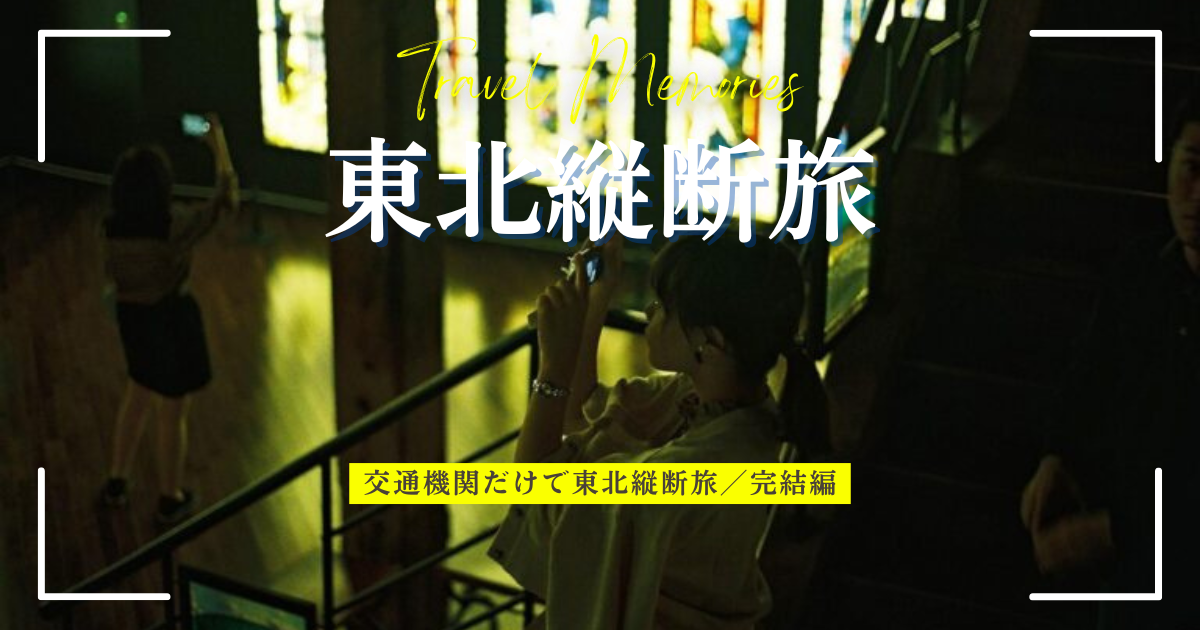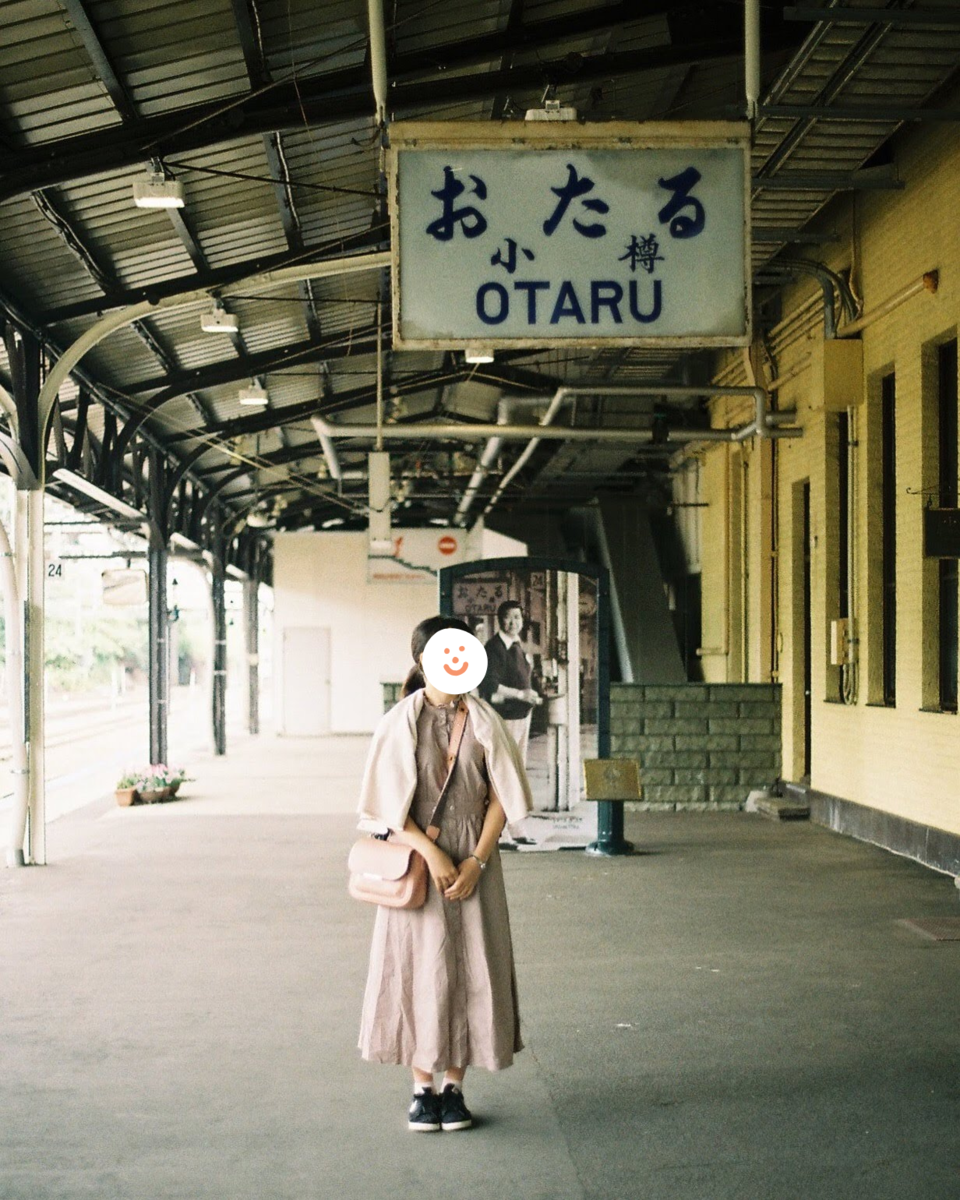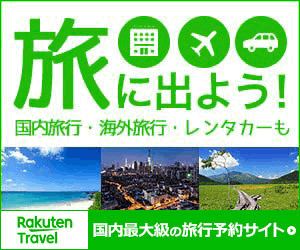
This was the final chapter of my trip across the Tohoku region of Japan (the northeastern part of Honshu, the main island), traveling only by public transport.
After visiting Mt. Osore (“Osorezan”), a mystical temple area often called one of Japan’s three most sacred sites, I — usually a “sunny-weather girl” — was caught off guard by terrible weather.
Still, I managed to board a ferry that miraculously sailed across the rough Tsugaru Strait (the sea between Aomori on Honshu and Hokkaido), heading towards my last destination: Otaru, a charming port town in Hokkaido known for its canals and seafood.
Check out the previous post here ↓
A Hellish Ferry Ride
In the middle of stormy weather, our ferry departed from Hachinohe Port (in northern Honshu) and headed toward Tomakomai, a port city on Hokkaido Island.
We had planned to enjoy the ferry ride, but that was impossible (see my previous post 🙃). Instead, we ended up with the worst seasickness of our lives, arriving at Tomakomai Port looking pale as ghosts.
(Still, big thanks to the ferry company for getting us safely across the rough sea!)
From Tomakomai Port, we caught a bus to JR Tomakomai Station, then took the train toward Sapporo — the biggest city in Hokkaido.
There, I reunited with a friend and we went to an izakaya (a Japanese-style pub). Since I hadn’t fully recovered from seasickness, drinking alcohol just made me wonder… was I drunk from the sake, or still sick from the boat? Either way, I passed out right after.
From Sapporo to Otaru
From Sapporo, we hopped on a train bound for Otaru — and finally, we arrived at our last stop, Otaru Station!!! 🎉

Wow… what a long journey it’s been.
But honestly, the final chapter was the perfect way to wrap up this trip — fun, relaxing, and full of charm.
Otaru is a small port town on Hokkaido’s coast, famous for its romantic canal area, historic warehouses, and fresh seafood (especially sushi!). It felt like the best reward after traveling so far.
You can check out more details about the places I visited in Otaru in the article linked below ☺✨↓
Looking Back on the Journey
So, let’s take a quick look back at the whole trip!
- Day 1Aichi → Sendai (Miyagi Prefecture) → Yamagata, visiting Yamadera
- Day 2Yamagata → Sendai → Iwate, exploring Zao Okama Crater Lake (a turquoise-colored volcanic lake).
- Day 3Iwate
・Ichinoseki
・Hiraizumi (a UNESCO World Heritage site with historic temples)
・Genbikei Gorge(Flying Dango) - Day 4Ryusendo Cave (one of Japan’s three great limestone caves, with deep blue underground lakes).
- Day 5Iwate → Aomori: visiting Osorezan (Mt. Osore, “Fear Mountain,” a sacred Buddhist site often called one of Japan’s three holiest places).
- Day 7Hokkaido: sightseeing in Otaru (a charming canal city famous for sushi and glassware).
- Day 8Return to Aichi.
Tohoku Trip Q&A
What was the most memorable part of this Tohoku journey?

Personally, in terms of scenery, I’d say Okama Crater Lake ( a volcanic lake on Mt. Zao) left the biggest impression. ☺✨
It’s not the easiest place to reach — the access is tough and weather can be tricky — but the view of that emerald-green lake surrounded by mountains was absolutely breathtaking.

Definitely the “lightning incident” at Osorezan (Mt. Osore).
We had to run into a convenience store to escape a thunderstorm… and then lightning actually struck the building! ⚡ I had never been so shocked in my life — I literally fell to the floor in fear (and couldn’t stand back up for a while 😂).
What was the hardest part of the trip?

Definitely the ferry ride from Honshu to Hokkaido — it was insanely rough!
The sea was in full storm mode… 🌊
I had once taken a night ferry across the Seto Inland Sea (a usually calm area in western Japan) and remembered it being super comfortable. So I thought, “Hey, let’s include a ferry in this trip too!” But wow… I learned firsthand how terrifying it can be on a stormy day.
Even going to the bathroom was a challenge — I had to cling onto the handrails the whole way just to avoid being thrown around. 💦
Did you two sisters ever fight during the trip?

I actually left all the planning — from hotels to transportation — up to my older sister.
She’s the type who loves to travel on a budget and get the best deals.
Well… that led to a surprise. The hotels she booked turned out to be mostly double-bed or even “couple plan” rooms with semi-double beds (smaller than a queen, bigger than a twin).
I never thought that at this age I’d be sharing one bed with my sister! I honestly assumed we’d have a twin room. So when we got to the hotel, I was like, “Wait… what!?” 💦
Of course, that meant fighting over the blankets and negotiating our “territory” in bed every night. 😂

Back in my backpacking days, I usually stayed in guesthouses/hostels, so just staying at a hotel felt “fancy” to me.
But thinking about it calmly… yeah, normally people book a twin room, not a semi-double. 💦
Oops, my bad! I was still in “traveler mode” — always choosing the cheapest option first. 😂
How much did this Tohoku trip cost?
Roughly about 60,000 yen(JYP) for transportation,
and about 30,000 yen for food.
Including souvenirs, I’d say you could enjoy a similar trip for around 120,000 yen . Not too bad for traveling across northern Japan and even hopping over to Hokkaido!
Tips for Traveling Tohoku on a Budget
When we did this trip, we used the Seishun 18 Ticket for local train rides.
(It’s a special seasonal pass in Japan that lets you take unlimited local JR trains for five days — super cheap if you have time to travel slowly.)
For the shinkansen (bullet train), we bought our tickets in advance at the JR ticket counter.
As for accommodation, we booked through Rakuten Travel, a popular Japanese hotel booking site.
Here are a few other tips and tricks to make your Tohoku journey more affordable ☺✨
- JR EAST PASS
Available only to foreign tourists, offering unlimited JR East train rides for several days — one of the best-value passes if you’re visiting Japan. - Seishun 18 Ticket
- “Higashi-Nihon Nonbiri Tabi Pass”
Great if you’re focusing on eastern Japan and not traveling during the busy Obon holidays (mid-August). - “Aki no Norihodai Pass”
Issued every autumn around Railway Day (October 14), allowing unlimited train travel for a few days. - JR East View Travel Packages
Bundle deals that include shinkansen tickets + hotel stays at a discounted rate.
How was it? ✨
If you have any questions or thoughts about this trip, feel free to leave a comment — I’d love to hear from you! 💬








コメント